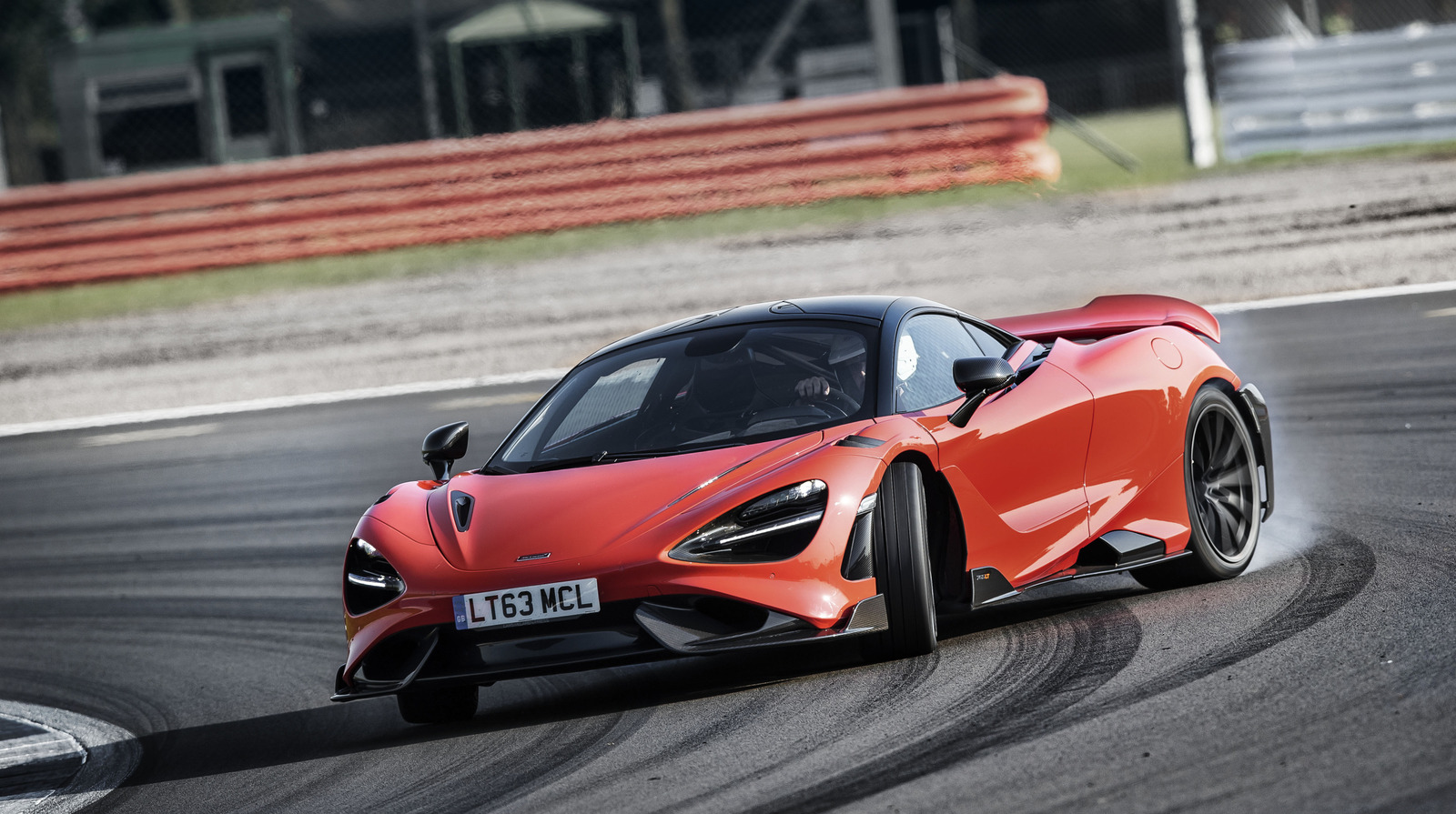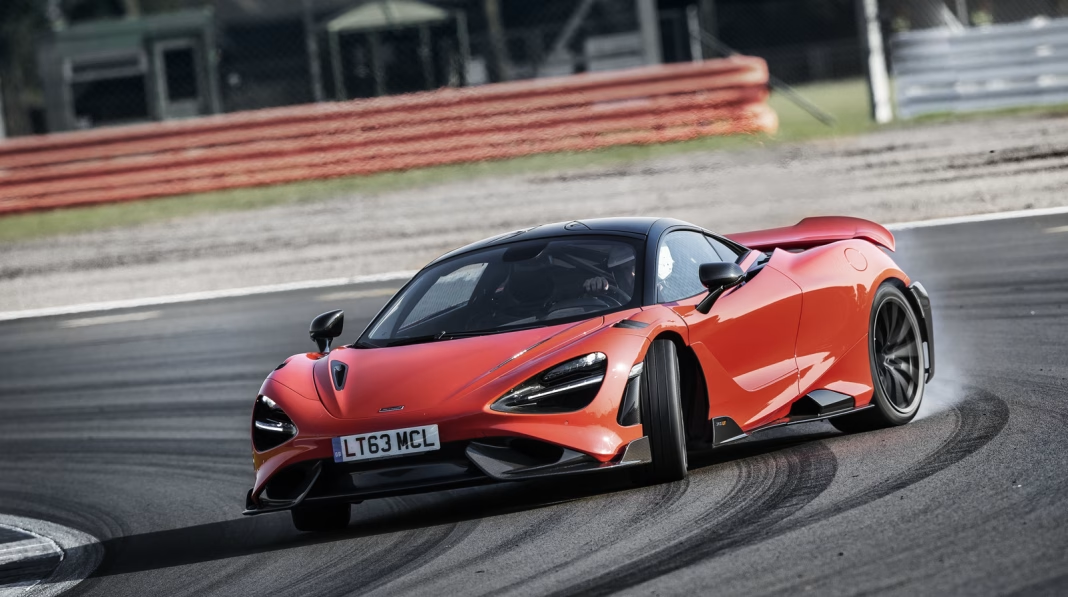Why Isn’t McLaren Rushing Into Electric Cars?
If you’ve been keeping an eye on the auto industry, you’ve probably noticed that just about every luxury and performance brand is sprinting toward electric vehicles. So why is McLaren, a name practically synonymous with speed and innovation, holding back? The answer isn’t as simple as “they’re just not ready.” It’s a calculated move rooted in what makes McLaren, well, McLaren.
What Makes a McLaren Feel Like a McLaren?
Let’s be honest—when you think McLaren, you picture razor-sharp handling, featherweight construction, and engines that sound like a symphony at full throttle. For McLaren, the driving experience isn’t just about going fast in a straight line; it’s about connection, feedback, and that elusive thrill you get behind the wheel. According to McLaren’s CEO Michael Leiters, the current state of EV technology just doesn’t deliver the same visceral punch. Batteries are heavy, and that extra weight can dull the agility and responsiveness that McLaren drivers crave.
Are Electric Supercars Ready for Prime Time?
Sure, there are electric supercars out there—think Rimac Nevera or the Lotus Evija. They’re blisteringly quick, but even their creators admit the experience is different. The instant torque is fun, but the sound, the feel, the way the car dances through corners? That’s harder to replicate with today’s battery tech. McLaren’s engineers have tested the latest EV platforms, and while the straight-line numbers are impressive, the magic isn’t quite there yet.
What’s Holding Back McLaren’s First EV?
Weight is the big elephant in the room. A typical high-performance EV battery can add several hundred kilograms to a car’s curb weight. For a brand obsessed with lightweight materials and perfect balance, that’s a tough pill to swallow. McLaren’s current hybrid models, like the Artura, already push the limits of what’s possible with electrification and weight savings. But a full EV? That’s a different beast.
There’s also the question of range and charging. Supercar owners expect to drive hard, sometimes on track, without worrying about finding a charger every 100 miles. Current battery tech just doesn’t cut it for that use case. McLaren wants to make sure their first EV isn’t just fast, but also practical for the way their customers actually drive.
How Are Other Supercar Brands Approaching EVs?
Ferrari, Lamborghini, and Aston Martin are all dipping their toes into electrification, but with plenty of caution. Most are starting with hybrids, easing their loyal fans into the idea of electric assistance before going all-in. Even Porsche, with its successful Taycan, has kept its iconic 911 lineup firmly in the world of combustion—for now. The consensus? No one wants to rush and risk diluting what makes their cars special.
What’s McLaren Doing Instead?
Rather than jumping on the EV bandwagon, McLaren is doubling down on what it does best: lightweight engineering, innovative hybrids, and relentless focus on driving dynamics. The Artura hybrid is a prime example—blending electric torque with a twin-turbo V6, all wrapped in a carbon-fiber shell that keeps weight to a minimum. McLaren is also investing in next-generation battery research, waiting for the tech to catch up to their standards.
Industry analysts agree this is a smart play. According to a 2023 report from BloombergNEF, battery energy density is expected to improve by 20-30% over the next five years. That means lighter, more powerful batteries are on the horizon—exactly what McLaren needs to deliver an EV that lives up to its name.
Will Waiting Hurt McLaren’s Reputation?
It’s a fair question. In a world where headlines matter, being “late” to the EV game could seem risky. But McLaren’s customers aren’t just looking for the latest tech—they want an experience. By holding out, McLaren is signaling that they won’t compromise on what makes their cars unique. And for many fans, that’s a reassuring message.
The Big Takeaway
McLaren’s approach to EVs isn’t about dragging their feet—it’s about waiting for the right moment to deliver something truly worthy of the badge. The big takeaway? Innovation isn’t about perfection—it’s about smarter adjustments. Start with one change this week, and you’ll likely spot the difference by month’s end.


